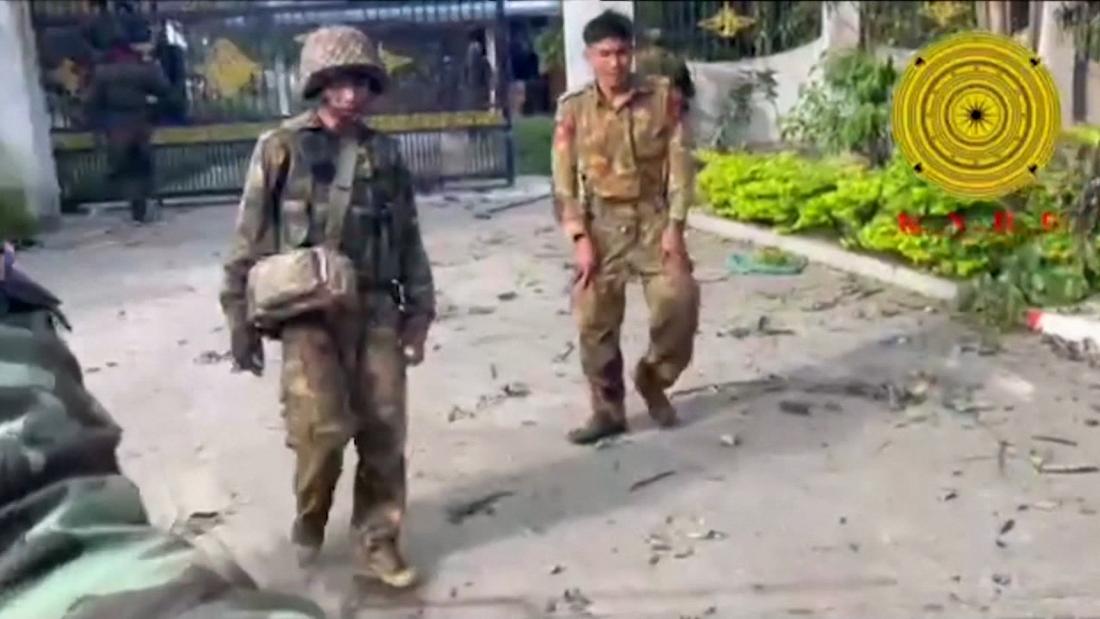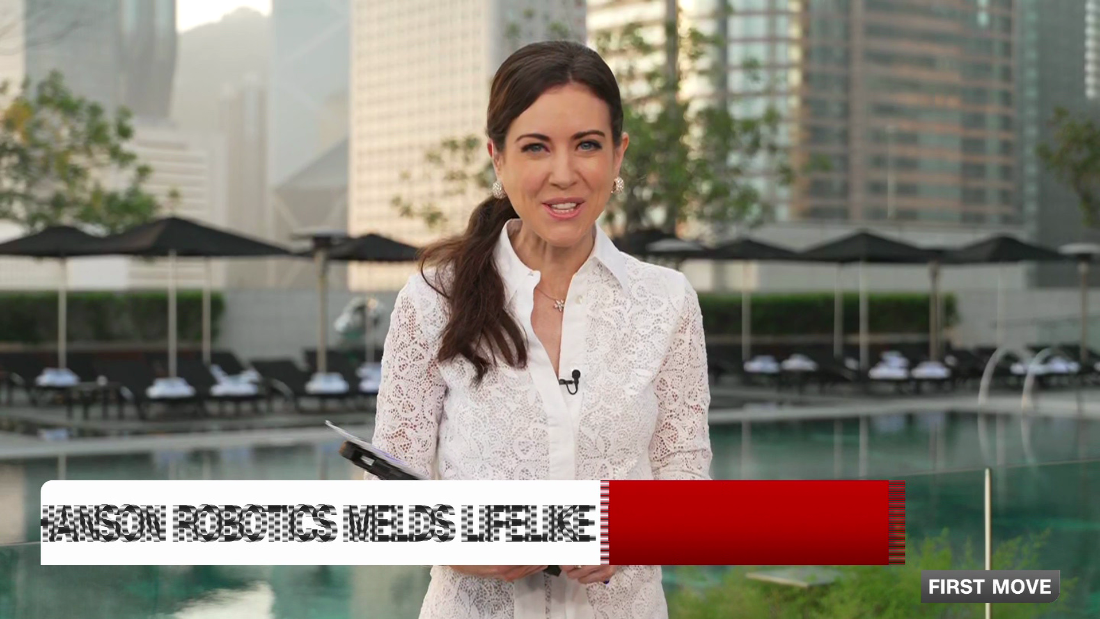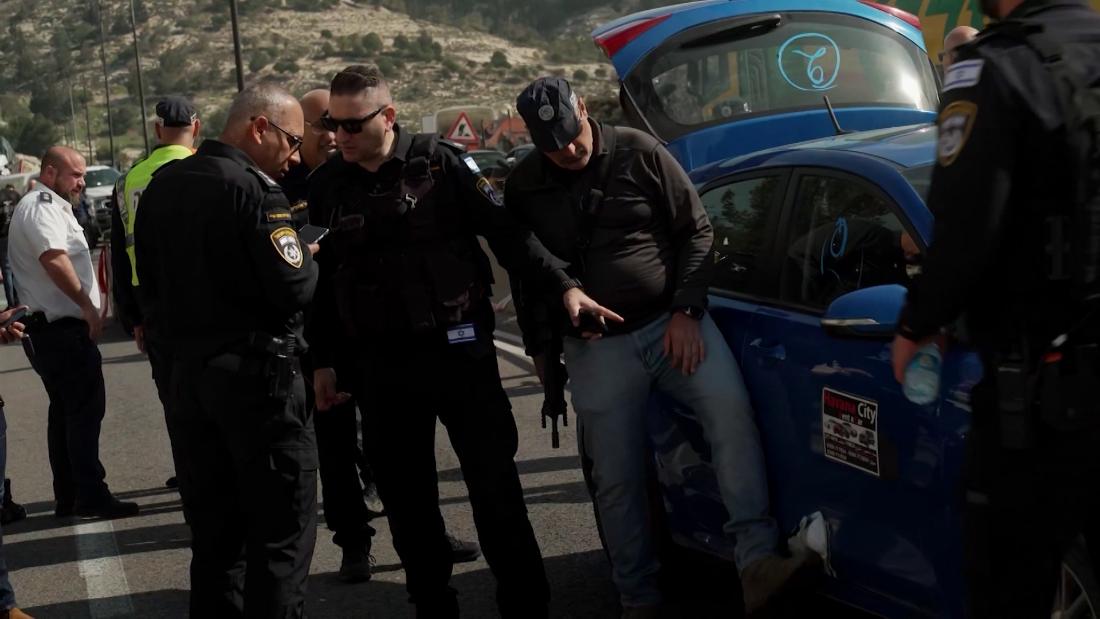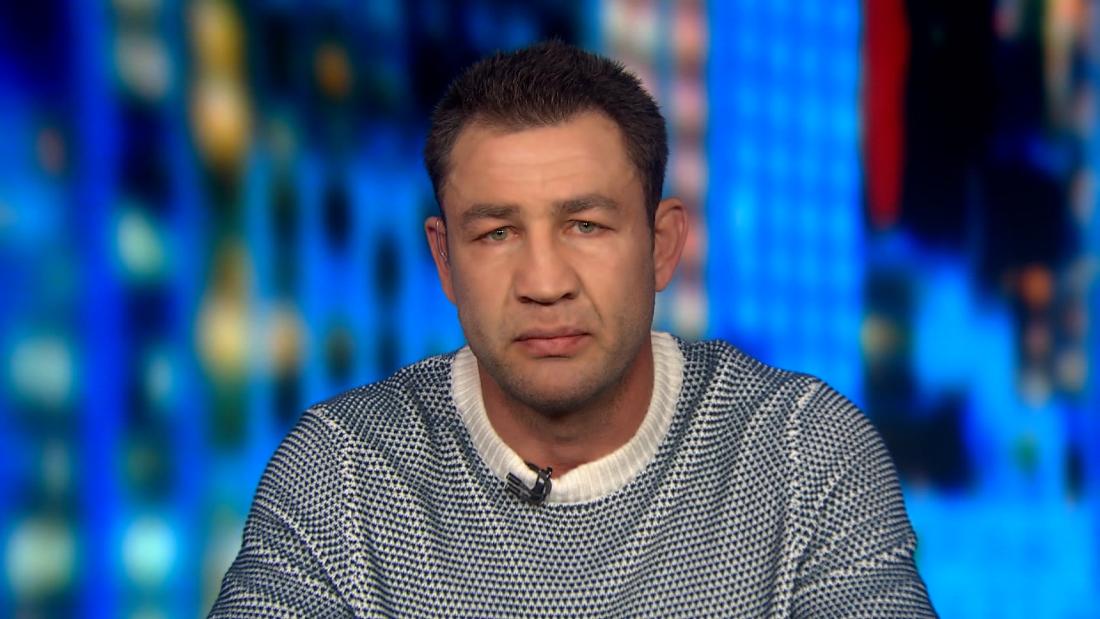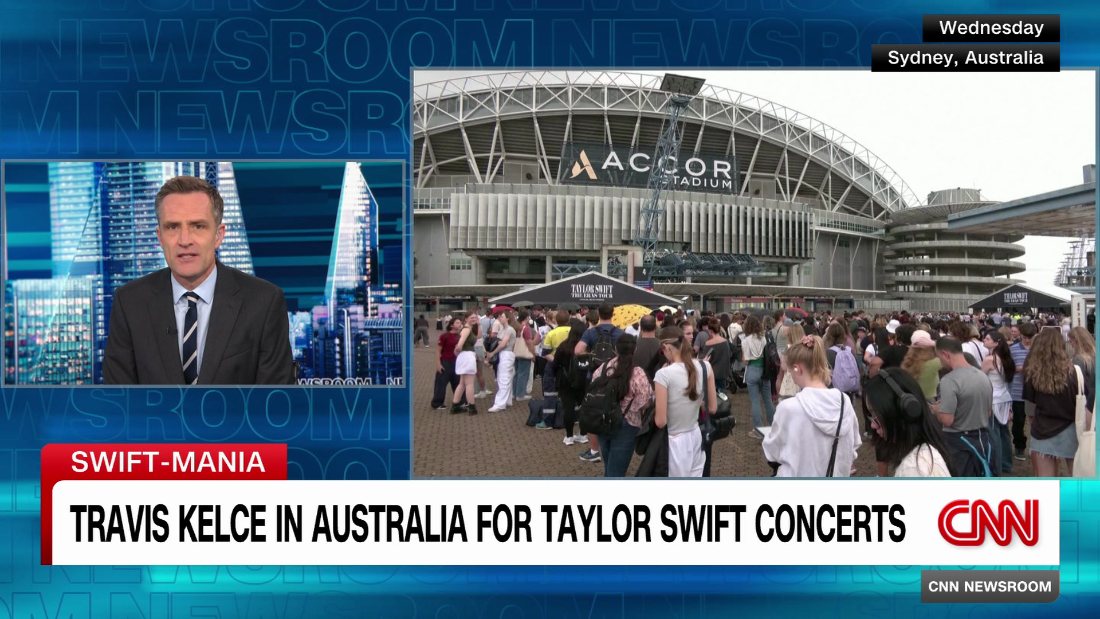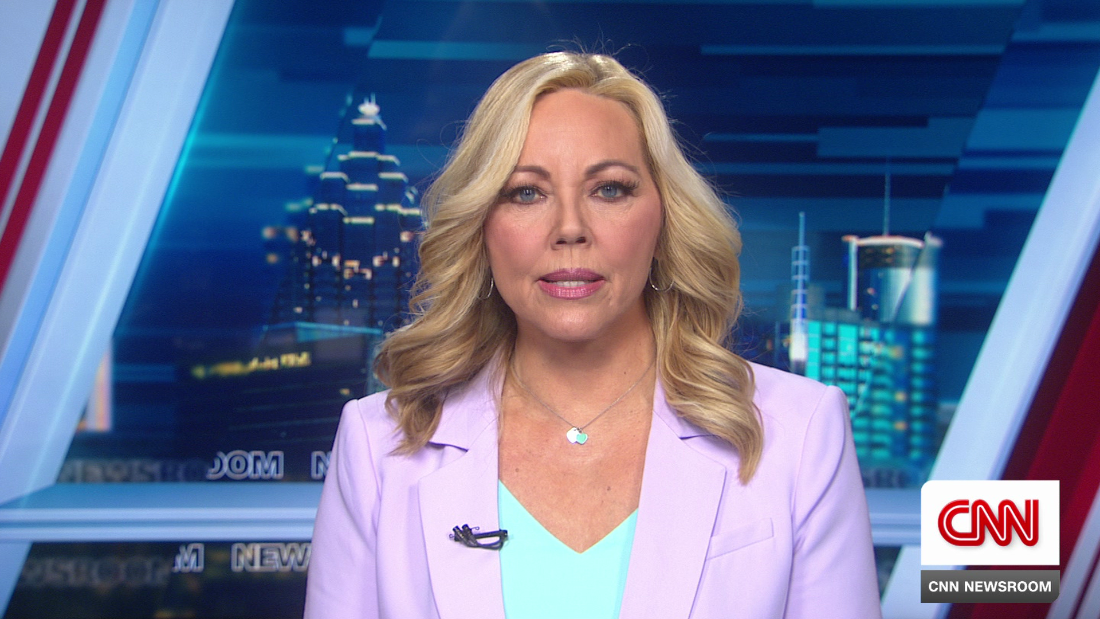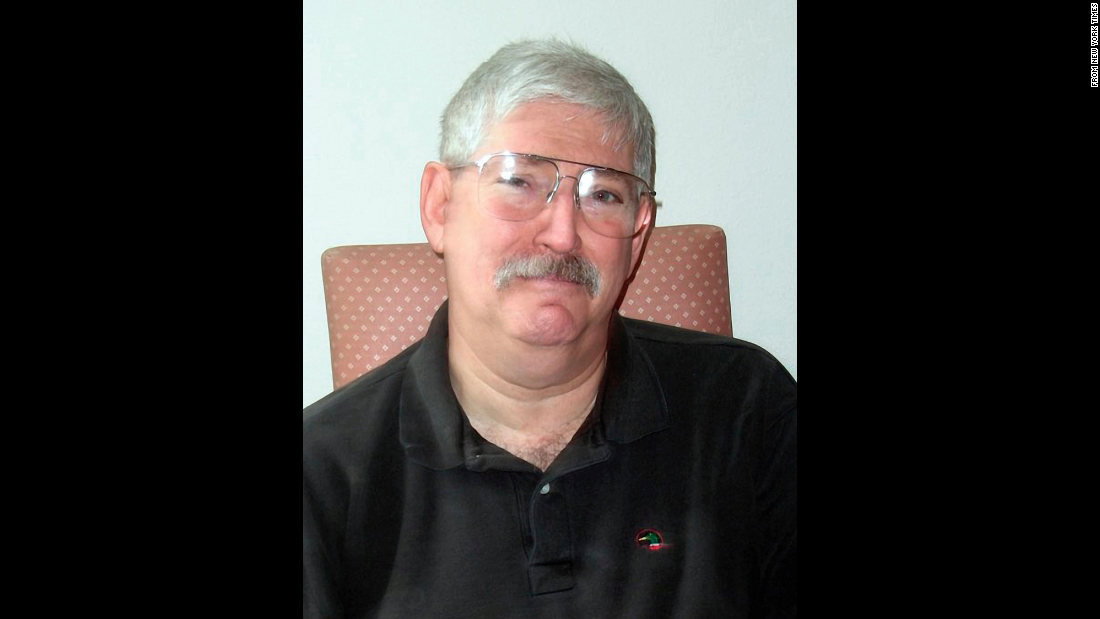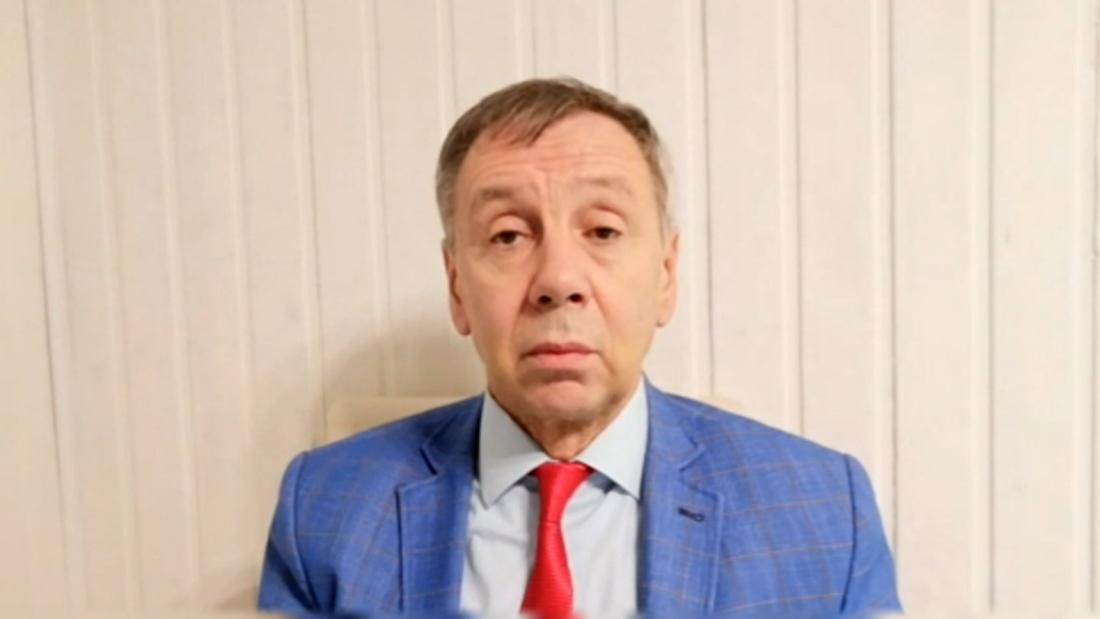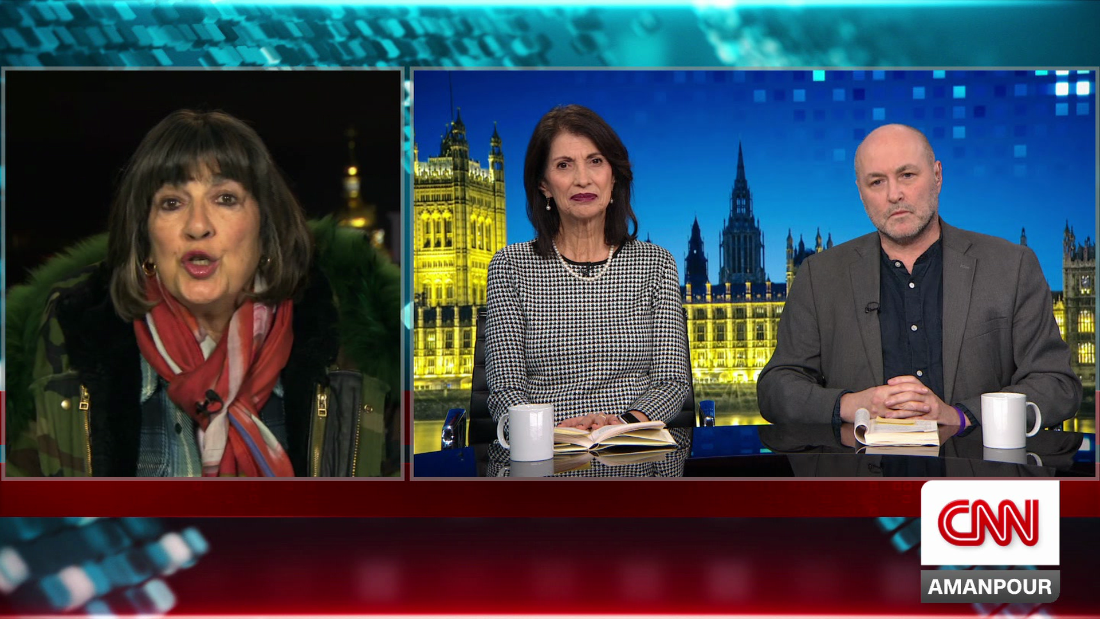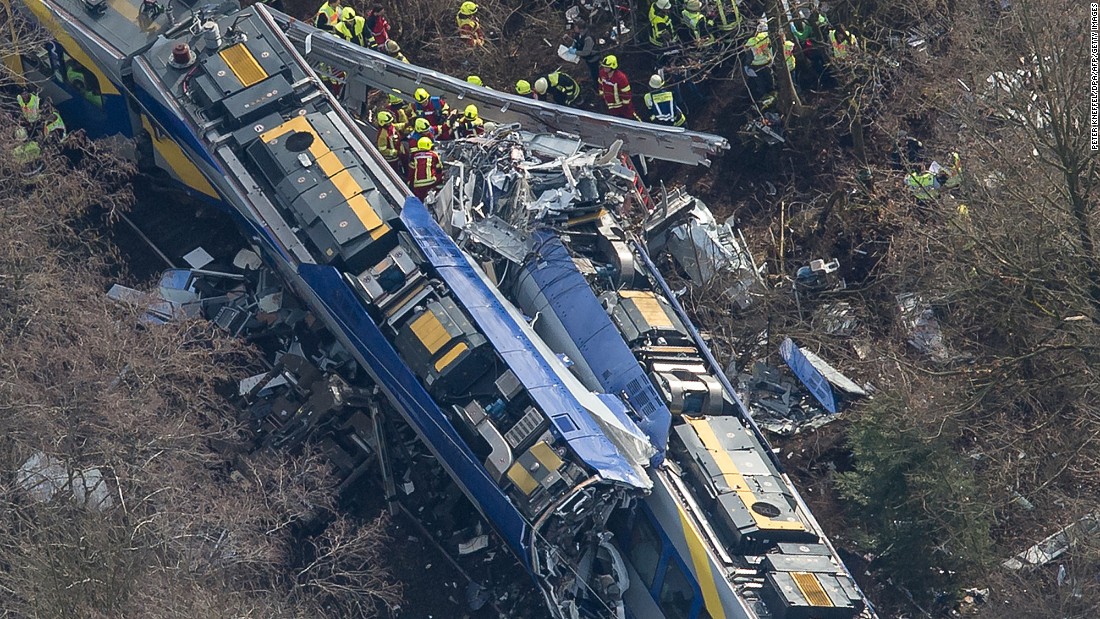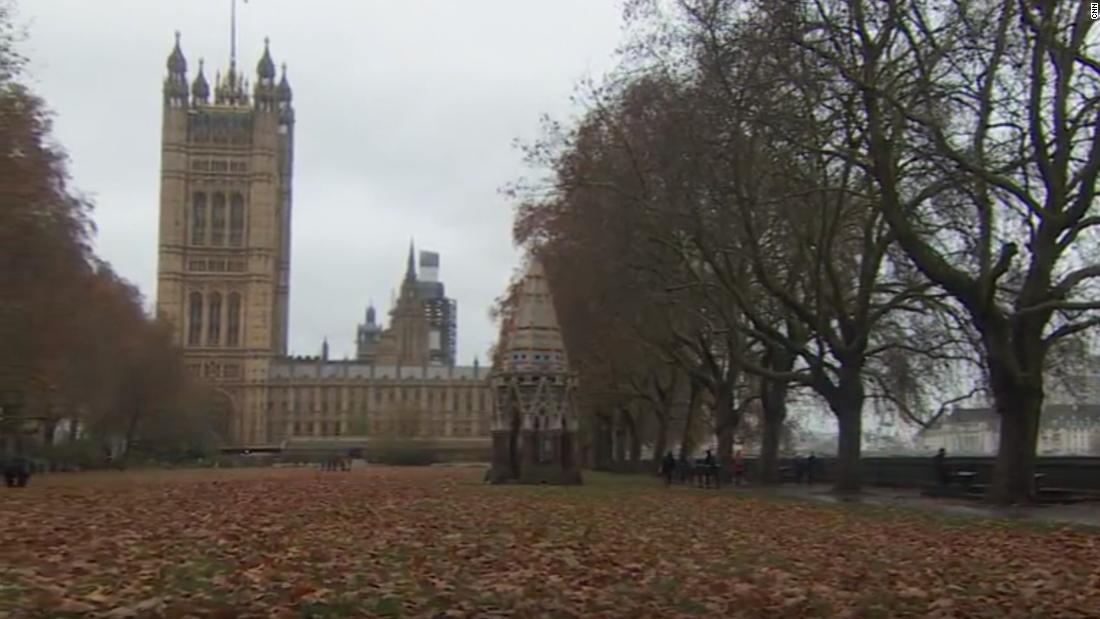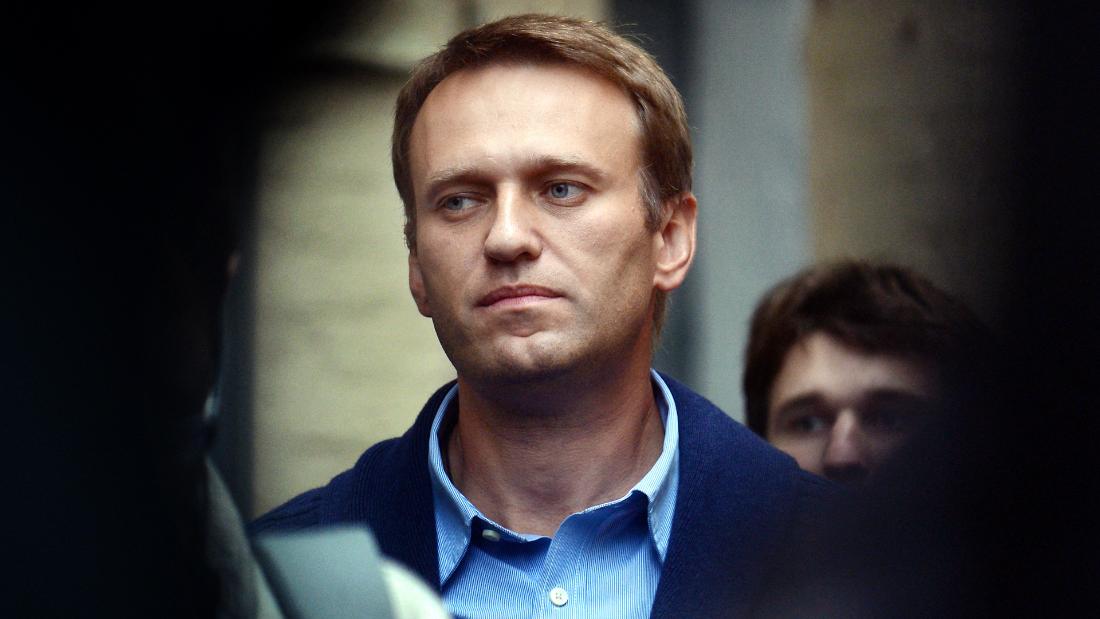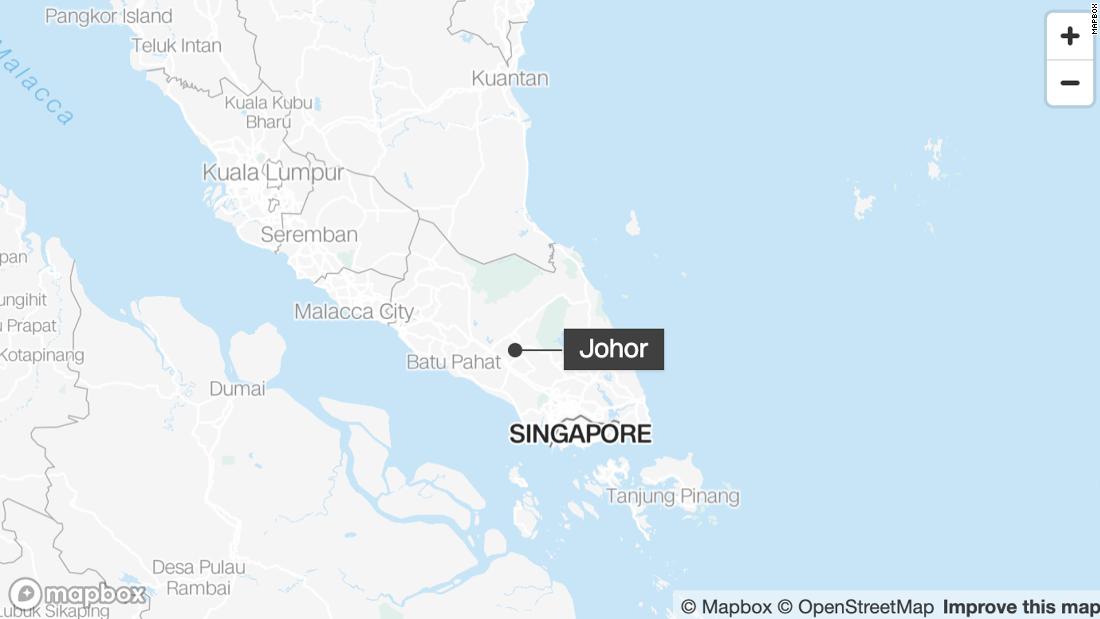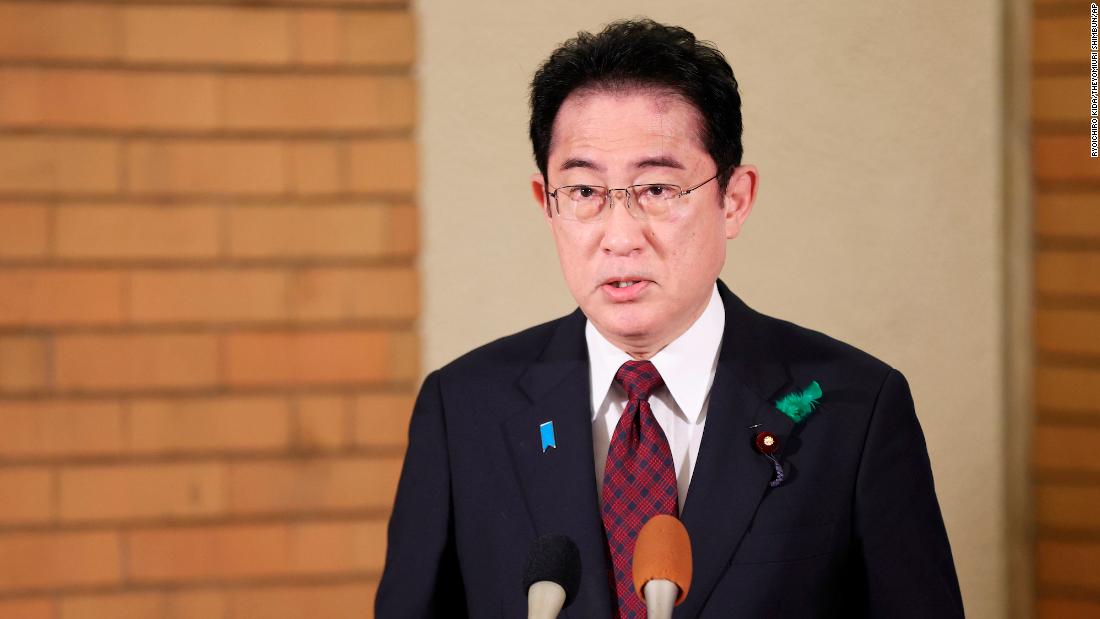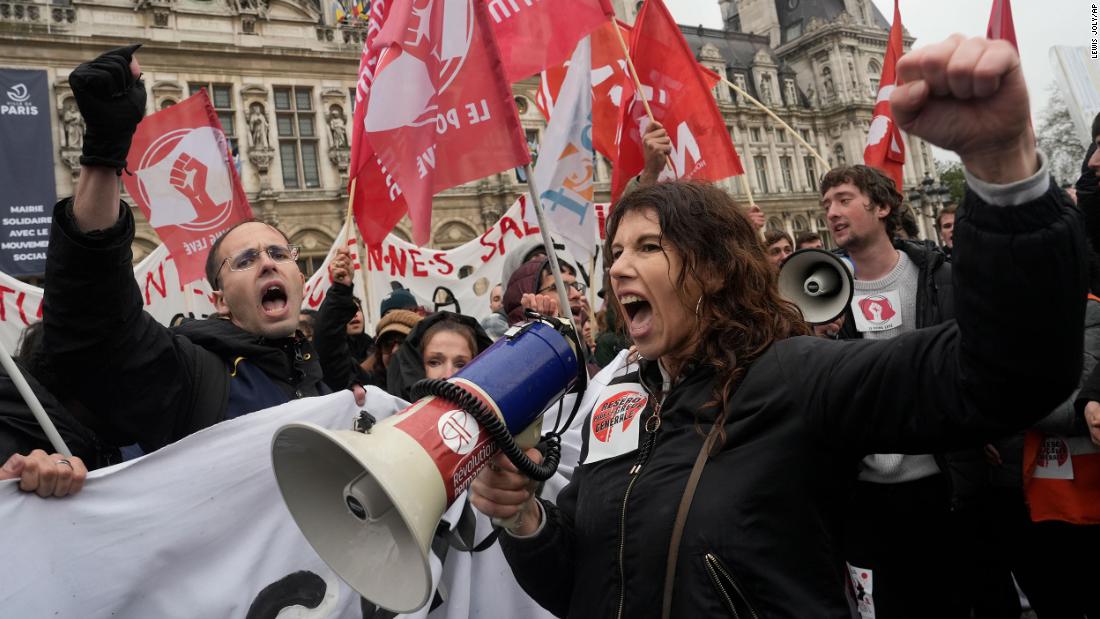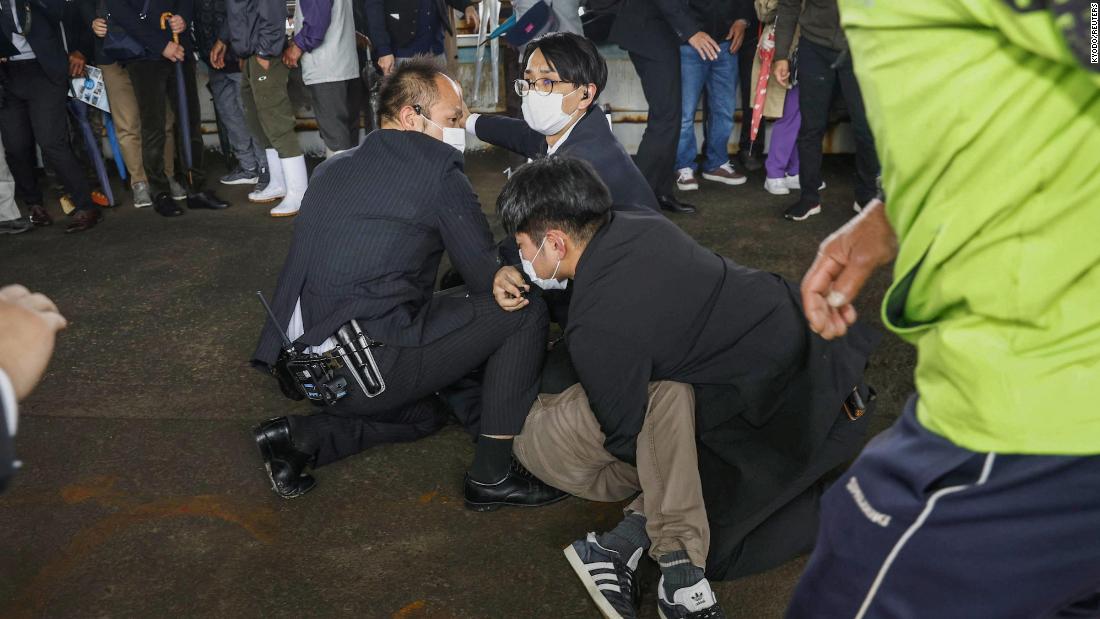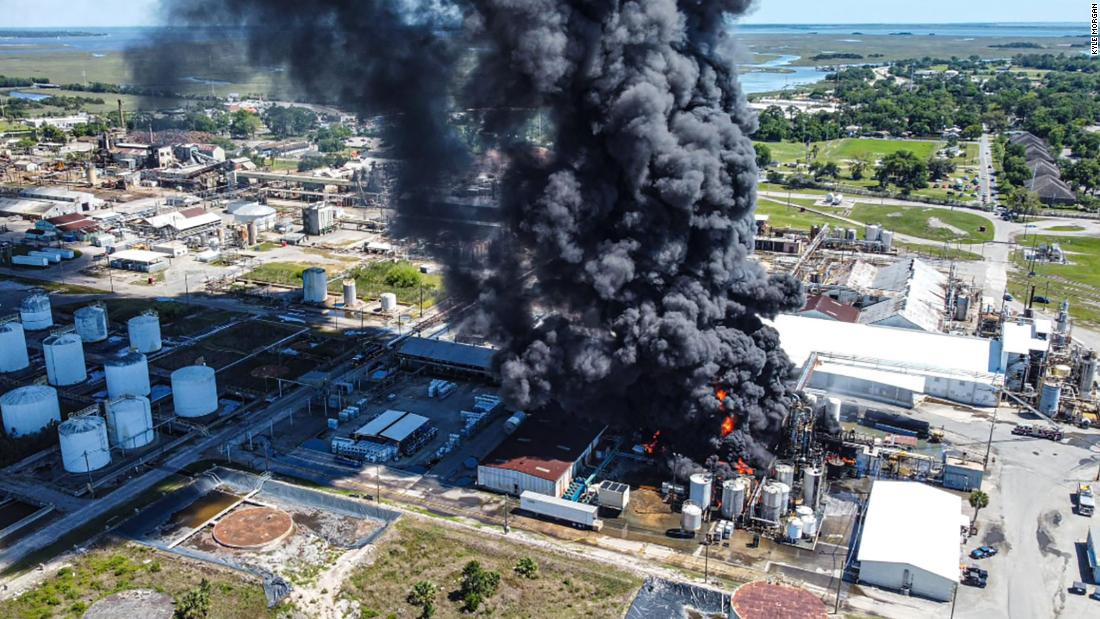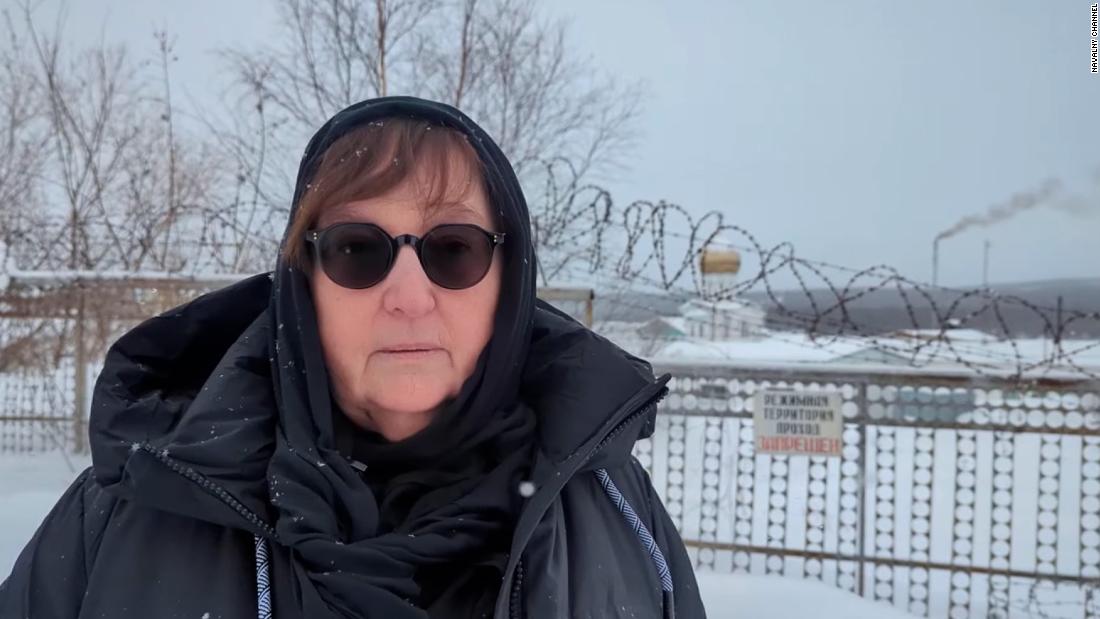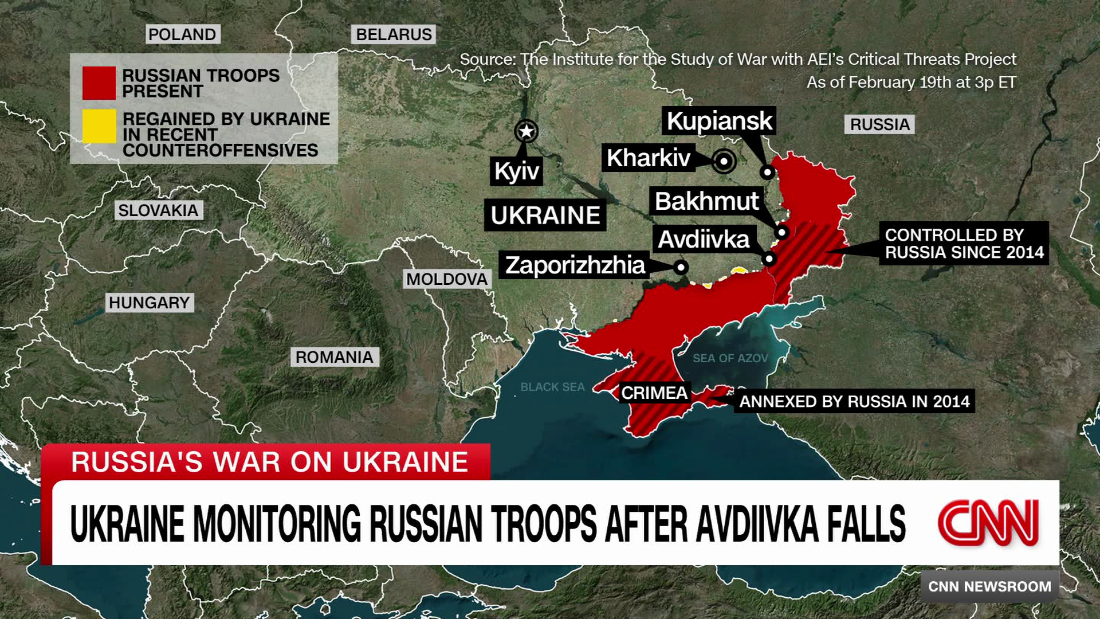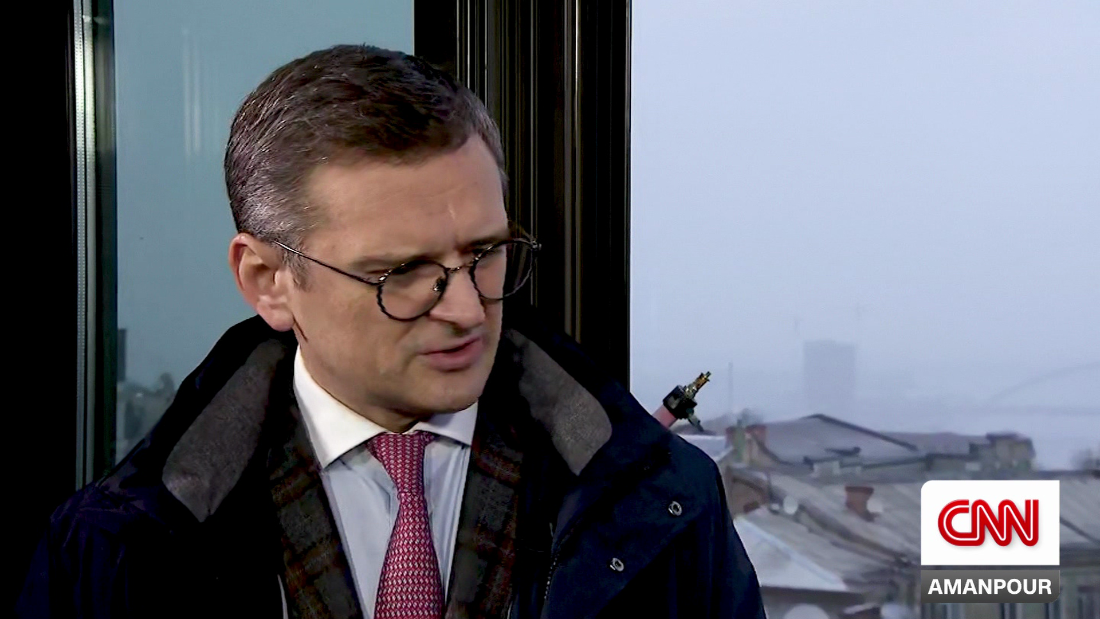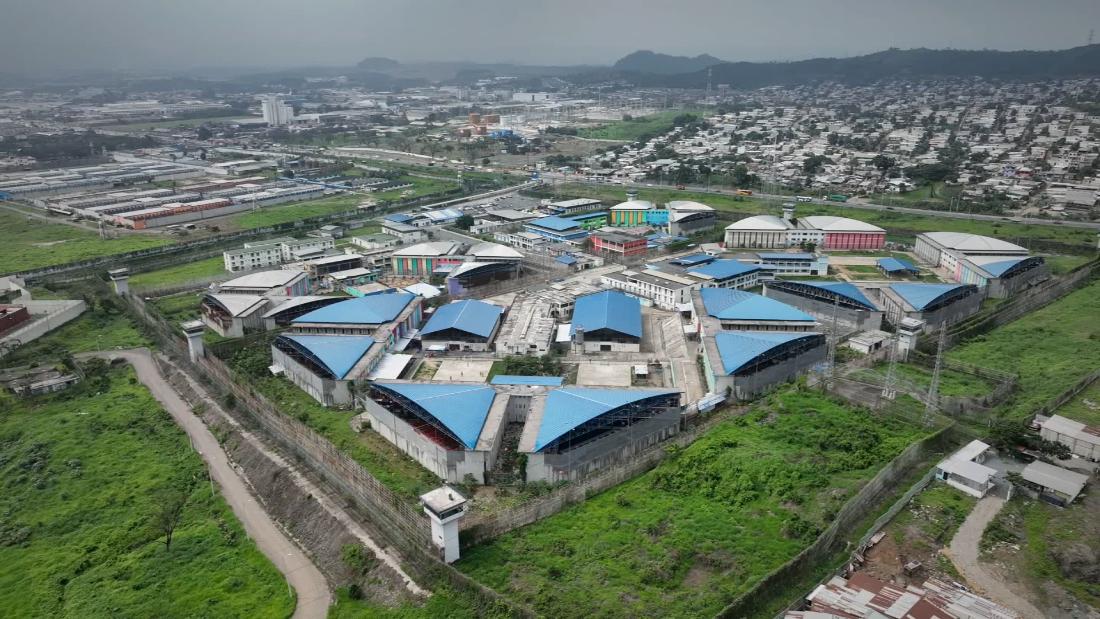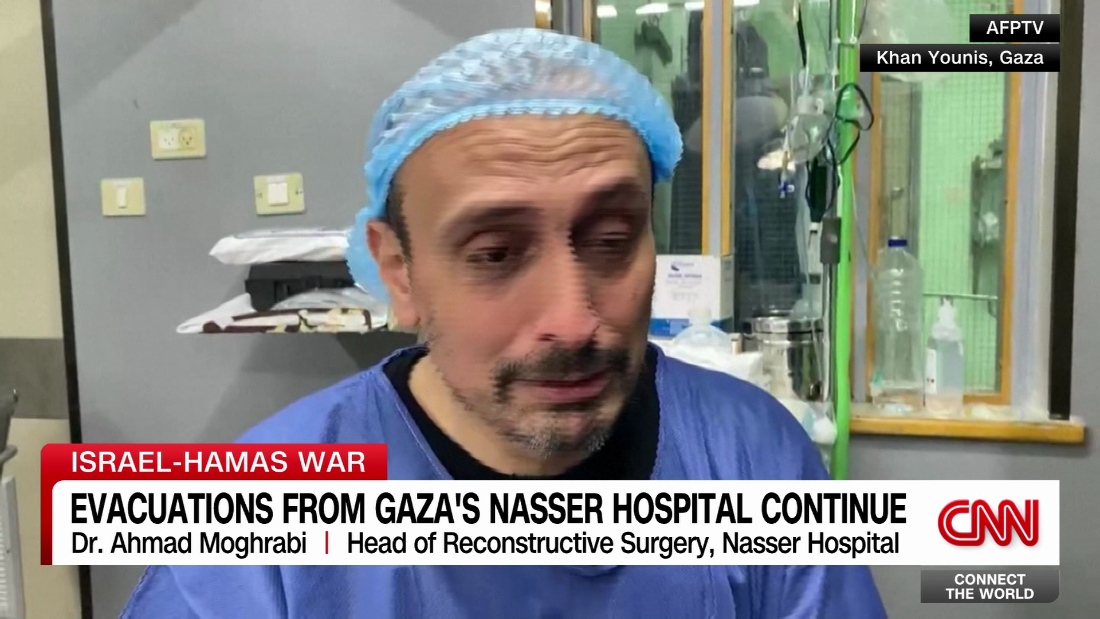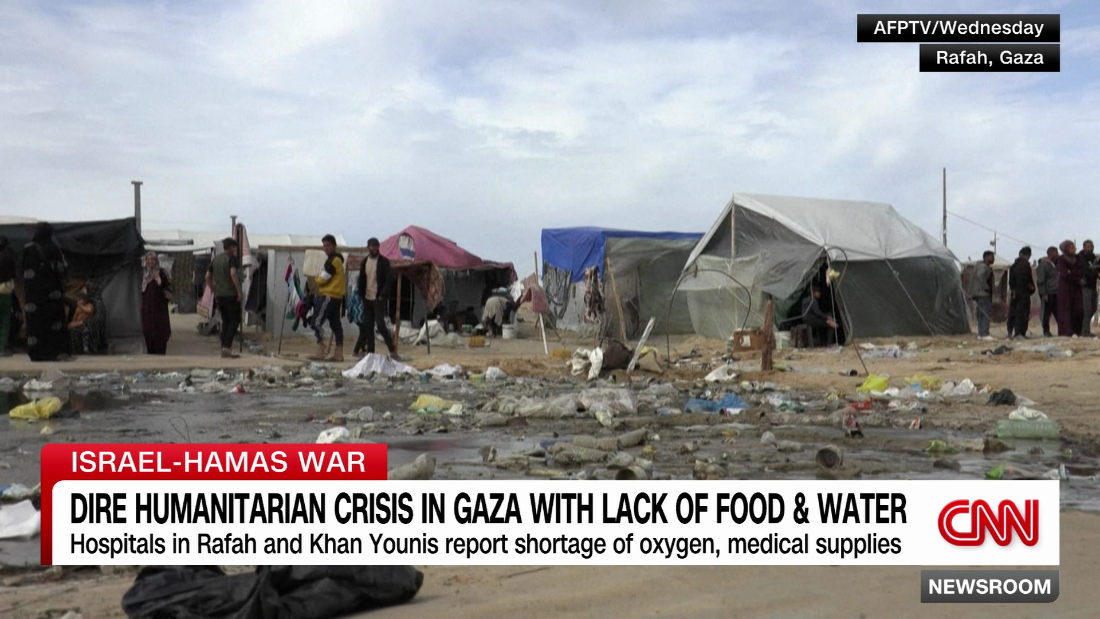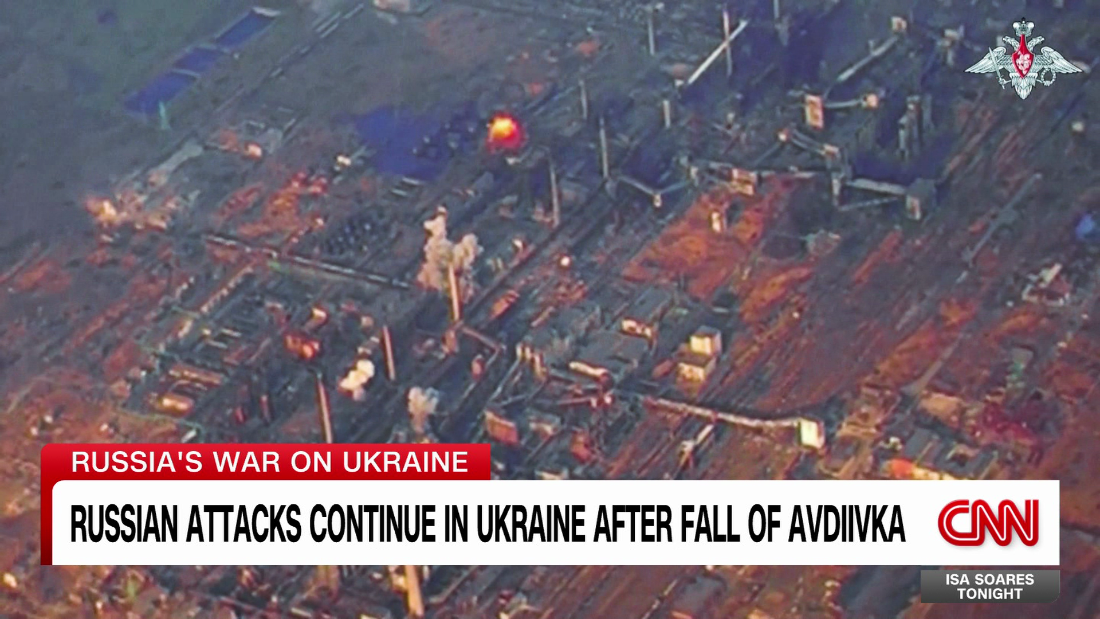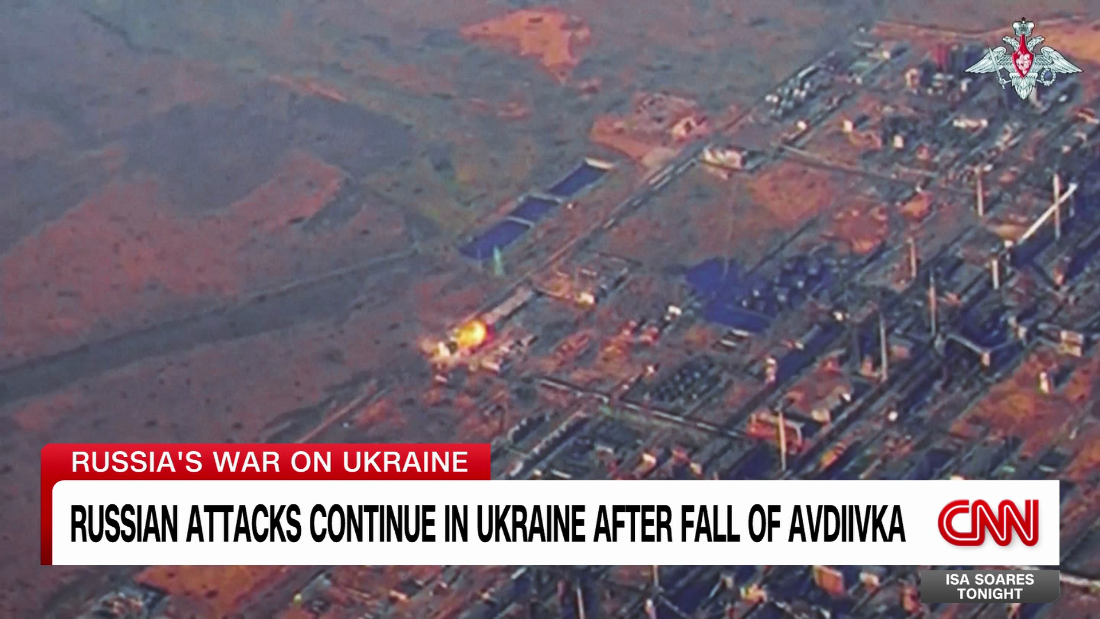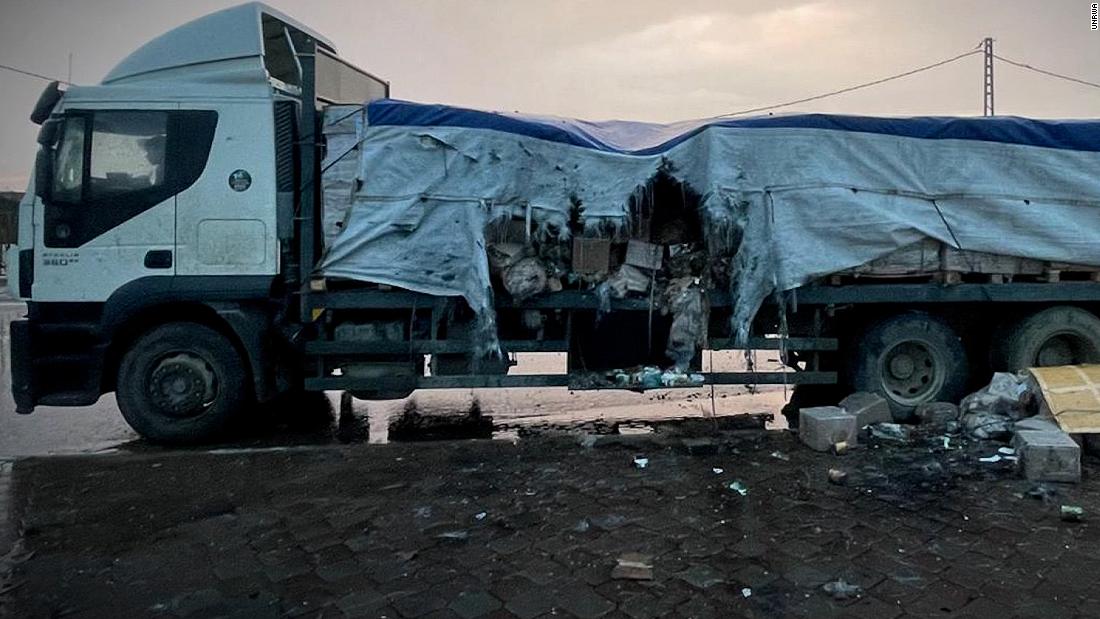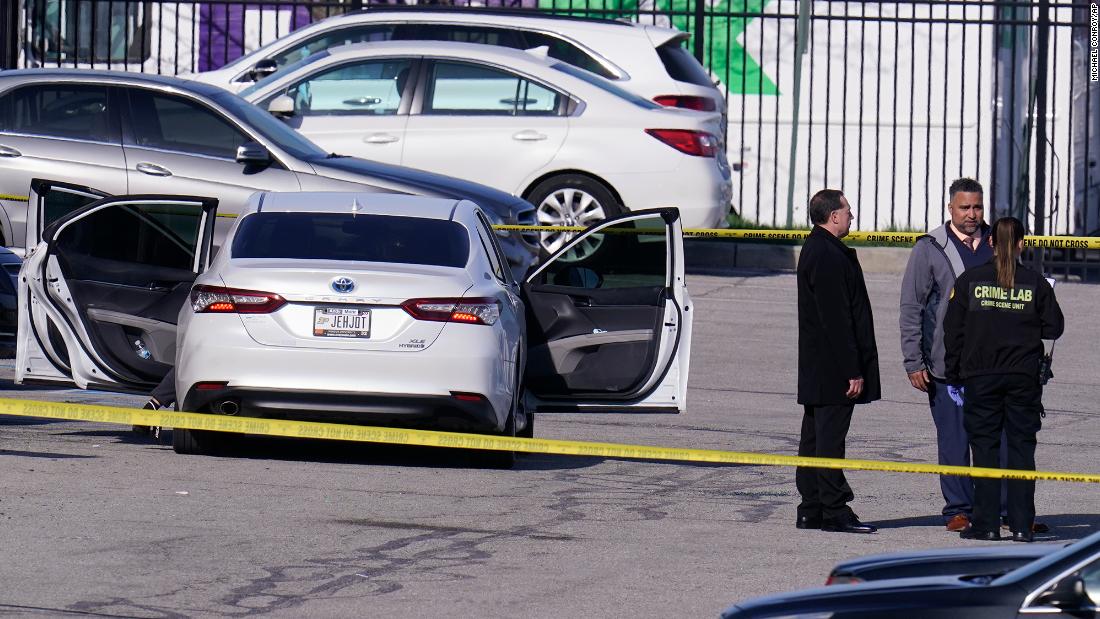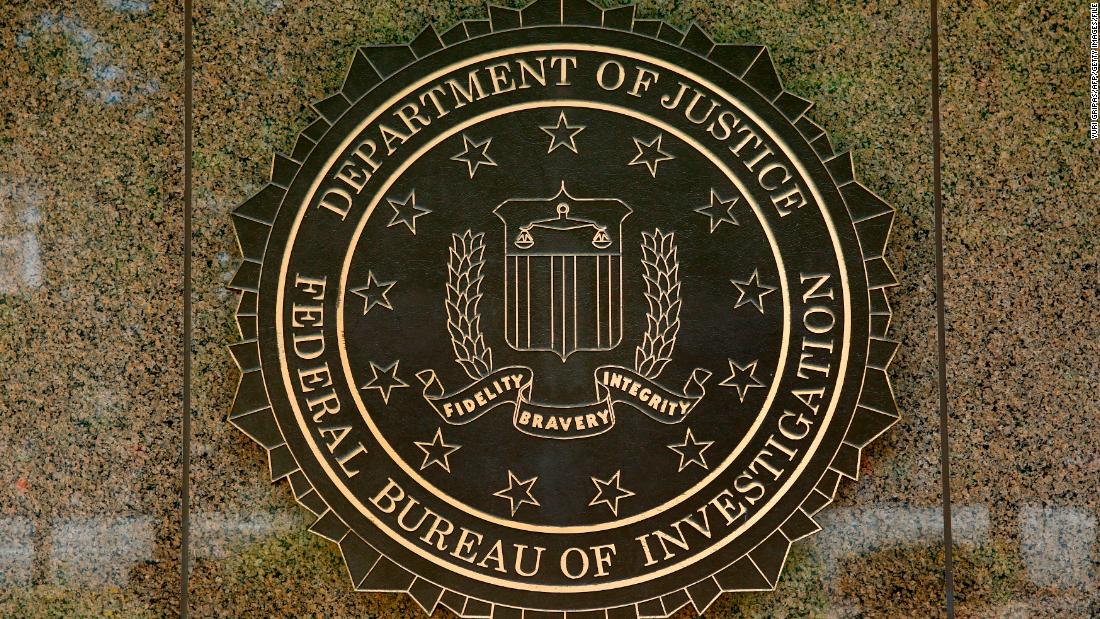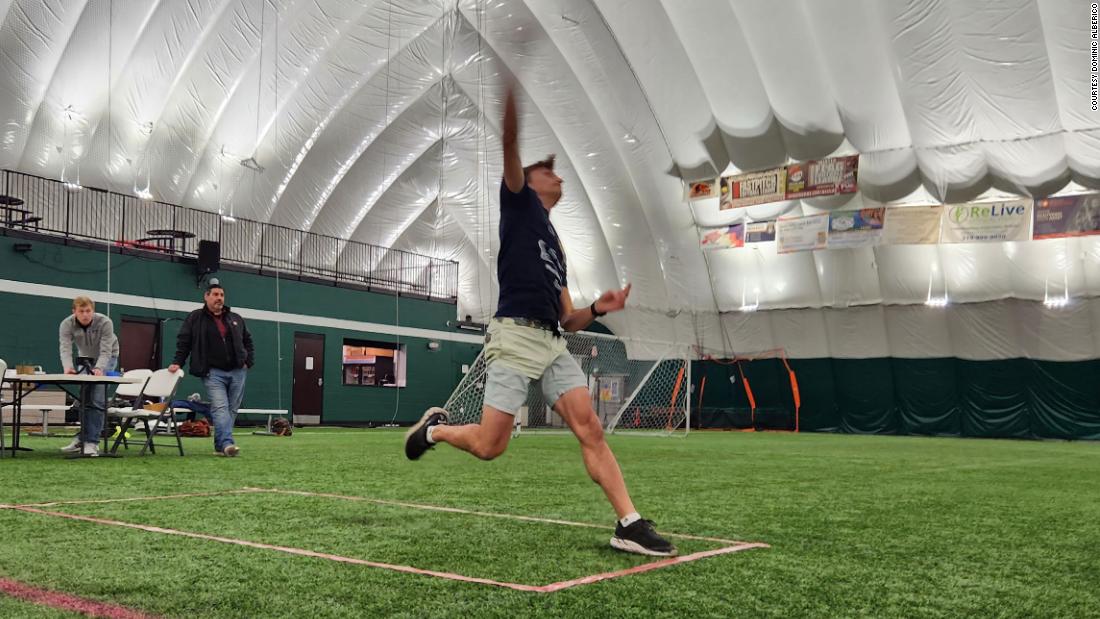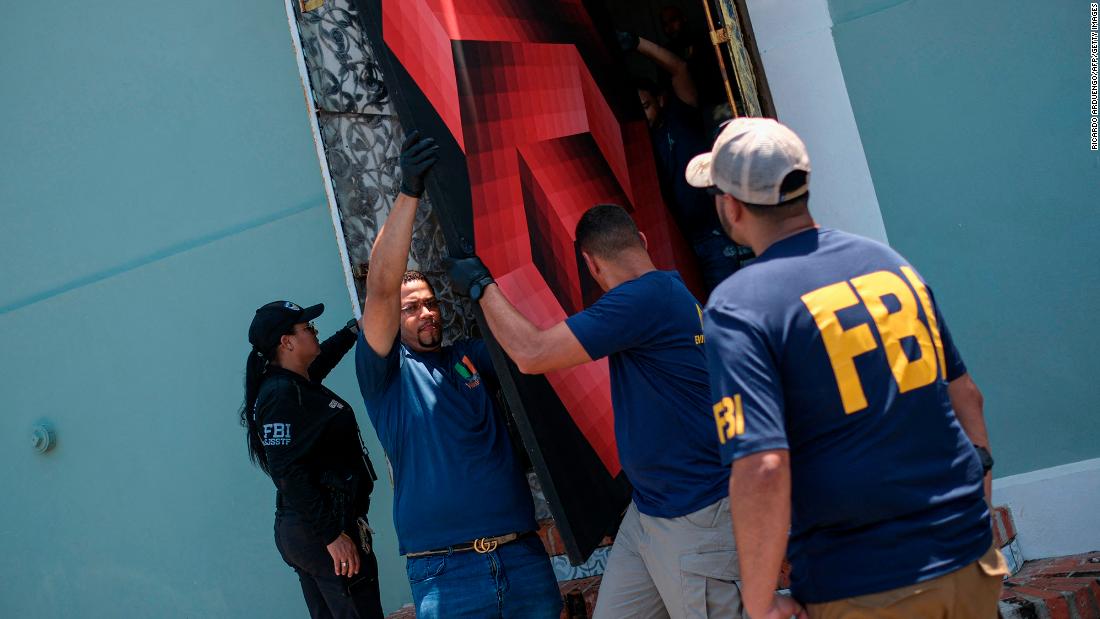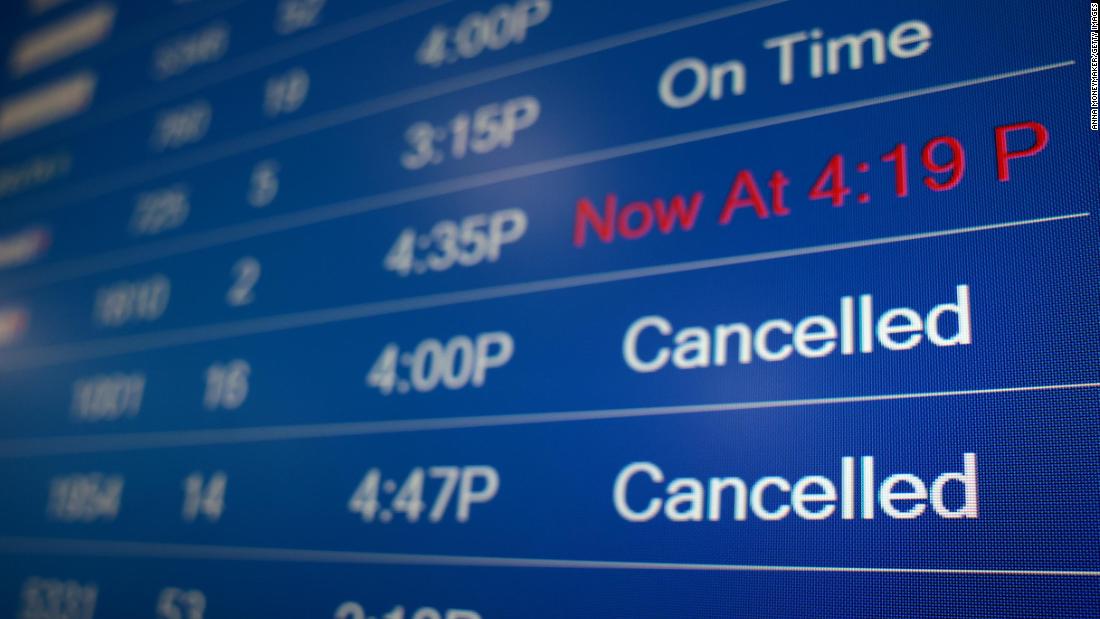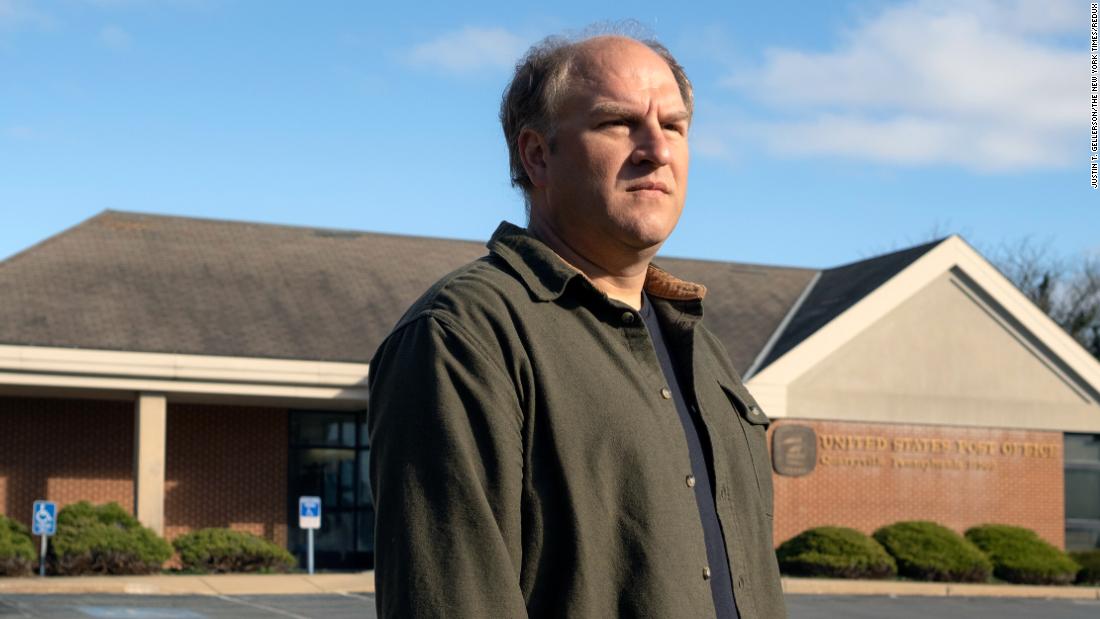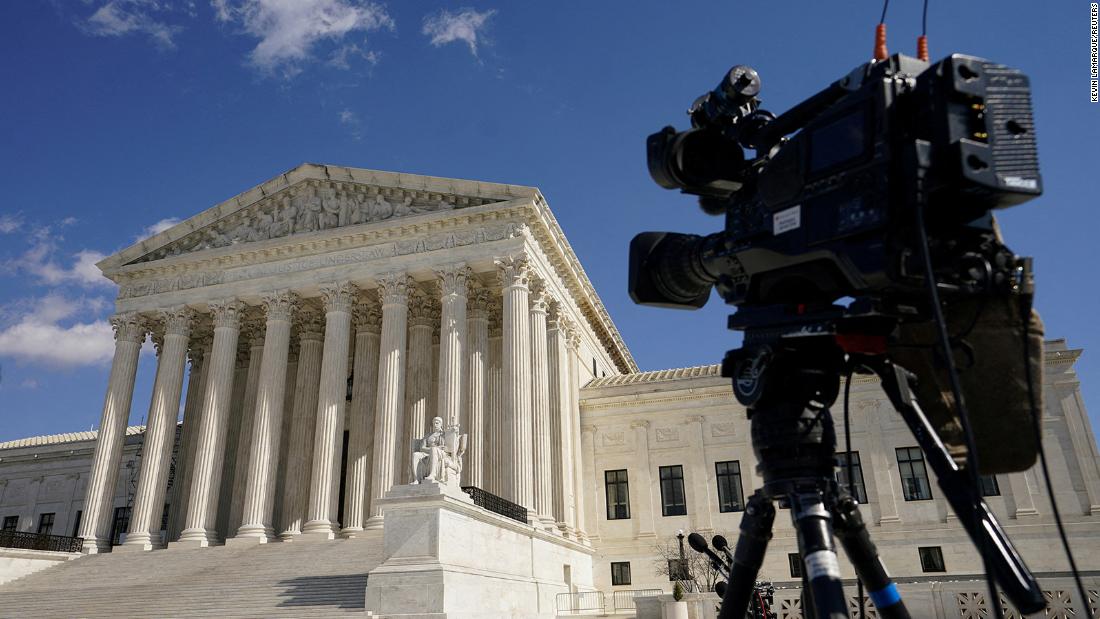TENS of thousands of holidaymakers were hit by more air chaos yesterday — just four months after the Heathrow blaze shambles.
A radar system failure shut down the country’s air traffic control network on one of the busiest days of the year — affecting some 577,000 passengers on 3,080 flights.
�2025 Under licence to Peter Macdiarmid [email protected] 3,080 flights were affected by a radar system failure[/caption]
Doug SeeburgAround 577,000 holidaymakers were hit by the chaos[/caption]
ReutersMajor airports including Heathrow, Gatwick, Manchester, Edinburgh and Birmingham were forced to suddenly suspend services[/caption]
Things were slowly returning to normal last night but a total of 45 departures were cancelled, 35 arriving flights diverted and hundreds of others delayed — with Heathrow the worst affected airport.
Furious airline bosses have called for the head of the air traffic control chief after they had to rip-up timetables. A similar 2023 failure cost carriers £100million.
And in March a fire at an electricity substation shut Heathrow, costing tens of millions of pounds as 270,000 air passenger journeys were cancelled or delayed.
Yesterday’s meltdown hit the National Air Traffic Services (Nats) hub at Swanwick, Hants.
Air traffic controllers tasked with safely handling around 2.2million flights and 250million passengers in UK airspace each year had no option but to shut down because they were no longer certain of the gaps between planes.
Unfolding chaos
The Sun can reveal cockpit crews were urgently messaged: “Please be aware that there is an ATC radar failure at Swanwick which has zero rated UK airspace as of 14.30 GMT.
“We would appreciate your patience whilst we work through this unforeseen disruption.”
An easyJet captain whose plane bound for Budapest was stuck on the tarmac at Gatwick for an hour joked: “They’ve turned it off and turned it back on again.”
But it was no laughing matter as major airports including Heathrow, Gatwick, Manchester, Edinburgh and Birmingham were forced to suddenly suspend services. Delayed holidaymakers vented their frustration at the unfolding chaos.
Jane Ainsworth told how her flight from Kos to Birmingham was forced to land in Brussels.
Robin Ilott, 62, from Waterlooville Hants, was stuck on a plane at Heathrow for two-and-a-half hours.
He said: “The pilots are as frustrated as everyone else. It’s better safe than sorry, you don’t want to get up there and find that there’s planes everywhere.”
Airlines were furious at the latest embarrassing failure in operations — and one of Ryanair’s bosses called for the resignation of Nats chief Martin Rolfe over the error.
Neal McMahon insisted: “It is outrageous passengers are once again being hit with delays and disruption due to Martin Rolfe’s continued mismanagement of Nats.”
Air traffic controllers had no option but to shut down because they were no longer certain of the gaps between planes
AlamyAir traffic controllers are tasked with safely handling around 2.2million flights and 250million passengers in UK airspace each year[/caption]
GettyOne of Ryanair’s bosses called for the resignation of the Nats chief[/caption]
He went on: “Yet another ATC system failure has resulted in the closure of UK airspace, meaning thousands of passengers’ travel plans have been disrupted.”
Referring to a previous flight failure under Mr Rolfe’s leadership, Mr McMahon said it was clear “no lessons have been learnt”.
And he called on Transport Secretary Heidi Alexander to intervene.
At 5.30pm Ms Alexander said: “I have been informed systems have now been restored but continued disruption is expected, and passengers should check with individual airports for advice.”
Lib Dem leader Sir Ed Davey said: “It is utterly unacceptable that after a major disruption just two years ago, air traffic control has once again been hit by a technical fault.
“The public deserve to have full confidence in such a vital piece of national infrastructure.”
I would have liked to see my personal role play out differently.
Heathrow boss Thomas Woldbye
Nats said yesterday: “Our engineers have now restored the system that was affected this afternoon.
“We are in the process of resuming normal operations in the London area. We continue to work closely with airline and airport customers to minimise disruption.”
The outage meant several flights scheduled to arrive in the UK were forced to circle airports or divert elsewhere.
British Airways said the problem “was entirely outside of our control” and is “affecting the vast majority of our flights”.
A spokesman said: “We want to apologise to our customers for any inconvenience and assure them that our teams are working hard to get their journeys back on track as quickly as possible.”
A spokesman at Heathrow, the UK’s busiest airport, said: “Flights at Heathrow have resumed following a technical issue at the Nats Swanwick air traffic control centre.
“We are advising passengers to check with their airline before travelling. We apologise for any inconvenience caused.”
BLUNDERS PLAUGING UK FLIGHTS
THE glitch that led to dozens of flights being diverted yesterday is the latest in a string of failures which have beset travellers at Britain’s airports.
The most recent was the chaos caused by a substation fire which shut Heathrow for a day in March.
Before that, another National Air Traffic Services glitch led to disruption for 700,000 paswhen flights were grounded on August 28, 2023.
The system went down and the engineer who could fix it was working from home. That cost about £100million.
In July 2019, some 50 flights were cancelled and dozens delayed for hours at London airports following an “issue with radar displays”.
A year earlier, an overhaul of the Nats system at Swanwick, Hants, led to repeated delays for flights bound for Heathrow and Gatwick over three weeks.
The centre was also hit with high staff sickness rates in 2017, which caused delays throughout the summer.
In 2014, Swanwick was knocked offline by a power failure, causing 84 flights from Heathrow and 19 from Gatwick to be cancelled.
The centre’s telephones cut out in 2013, and in 2008 another computer fault wrecked 88 planned flights.
Gatwick confirmed technical issues caused a complete halt to departures while the situation was being resolved.
After March’s Heathrow fire chaos airport boss Thomas Woldbye — who slept through the decision to close the hub — admitted he had “learnings” to take away.
But he stopped short of apologising.
The chief executive said: “I would have liked to see my personal role play out differently.” He added: “An organisation like ours has to be able to manage, whether the captain’s on the bridge or not.”
Energy regulator Ofgem has launched an official enforcement investigation after a report found the fire which caused the shutdown was due to a preventable technical fault at a substation.
A probe by the National Grid found it was identified seven years ago.
It discovered faulty fire safety equipment and moisture in electrical parts flagged in 2018 were not addressed, and maintenance at the North Hyde site was delayed again in 2022.
The fire was caused by “catastrophic failure” in a transformer, triggered by moisture entering electrical components.
Heathrow said: “A combination of outdated regulation, inadequate safety mechanisms and National Grid’s failure to maintain infrastructure led to this catastrophic power outage.”
Nats operates from Swanwick and Prestwick, near Glasgow.
The £623million Swanwick centre — the size of nine football pitches — is responsible for controlling most of the airspace in England.
Around 730 controllers, out of 1,100 total staff, control 200,000 square miles of airspace and other special military zones.
Published: [#item_custom_pubDate]















